Dig 'Em Up
Students investigate the functions of roots, recognize the difference between a tap and fibrous root system, and identify the roots of some plants as edible.
Students investigate the functions of roots, recognize the difference between a tap and fibrous root system, and identify the roots of some plants as edible.
Students make fresh mozzarella cheese and discover the science (changing a liquid to a solid), art, and craft involved in the development of specialty cheese.
Students discover how agricultural commodities are transported from producers to consumers.
Students investigate animal handling preferences, design a cattle corral system that is durable, efficient, and effective, and discover the skills needed to be an agricultural engineer.
Students identify and explain unique properties of eggs based on scientific investigations and write a book to explain what they have learned.
Students categorize sources of basic agricultural products alphabetically.
Students discover the changes that take place in a walnut orchard through the seasons by reading and discussing a story about a walnut farm.
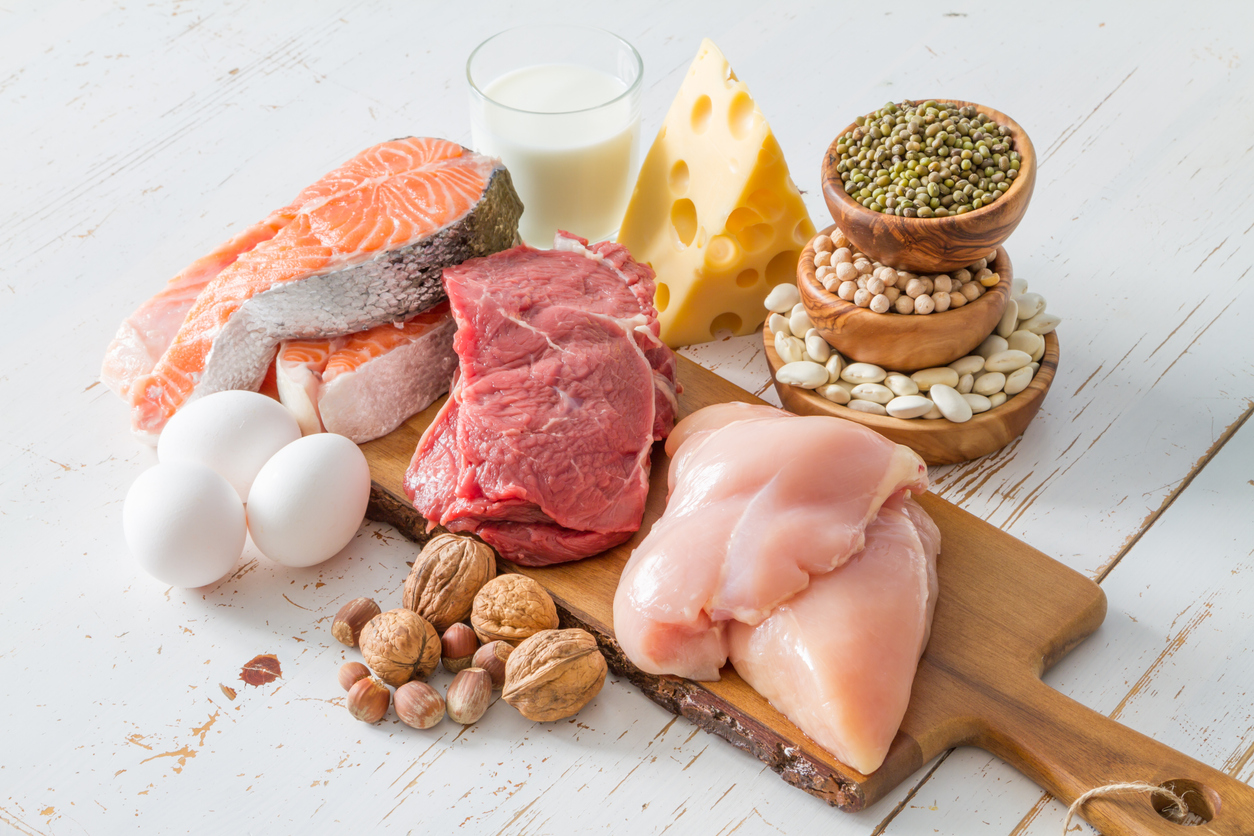
Students will examine dietary sources of protein and generally understand the relationship between protein synthesis and amino acids while completing an activity to use beads as a representation of amino acids to construct proteins (polypeptide chains). Students will identify complete and/or incomplete proteins found in both animal and plant food sources.
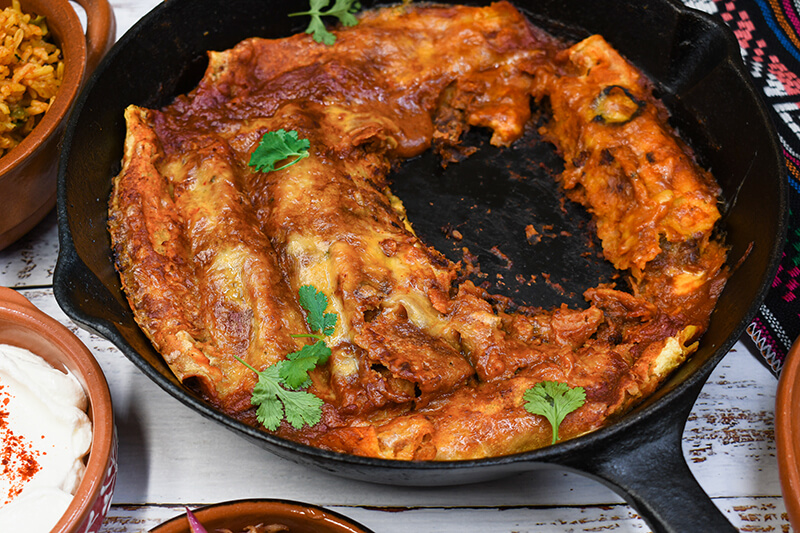
This lesson utilizes a process learning model to recognize how the Columbian Exchange and early Spanish explorers impacted the culture and cuisine of the Southwest United States. Students will participate in a food lab to make enchiladas and learn about the production of each ingredient.
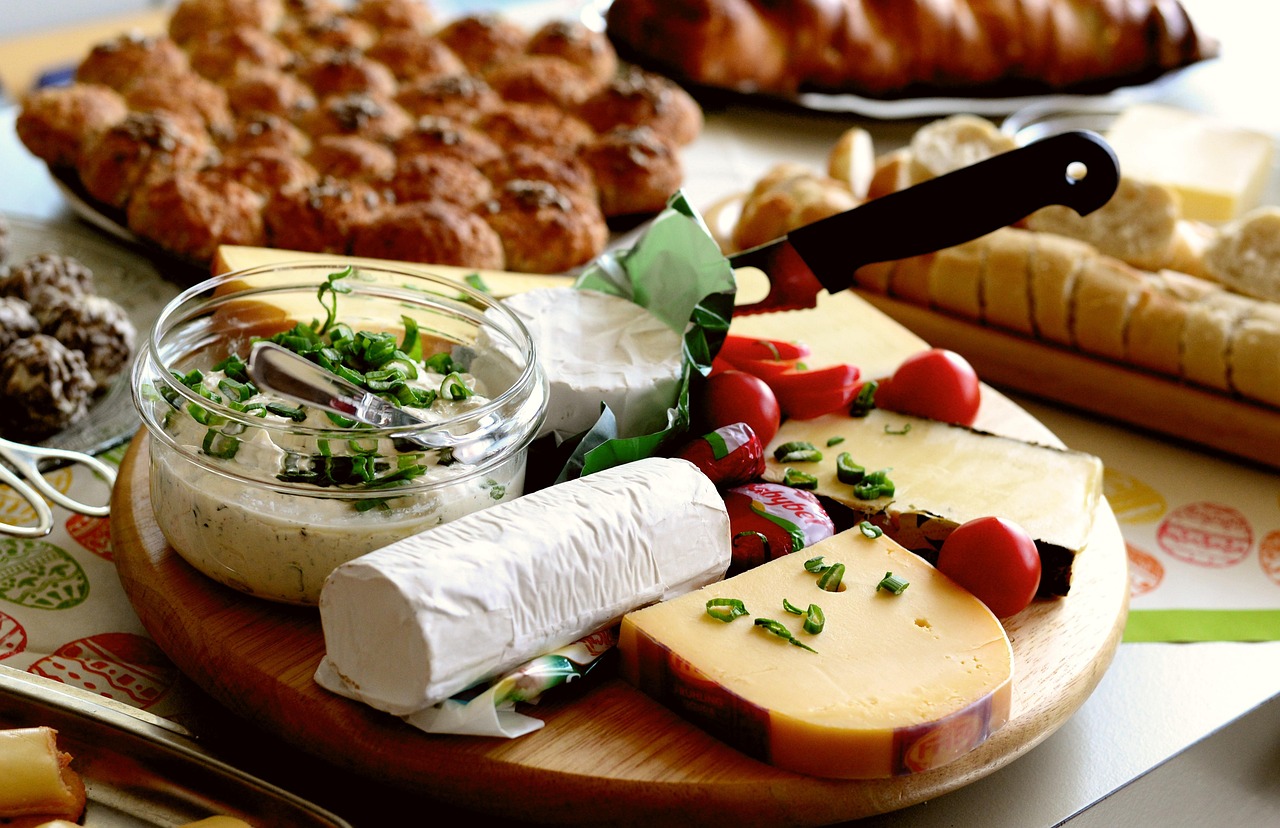
Students will learn about the Law of Conservation of Mass by exploring environmental factors that can impact protein coagulation in milk (cheese-making process). By making qualitative and quantitative observations they will test three possible methods of making curds and whey.
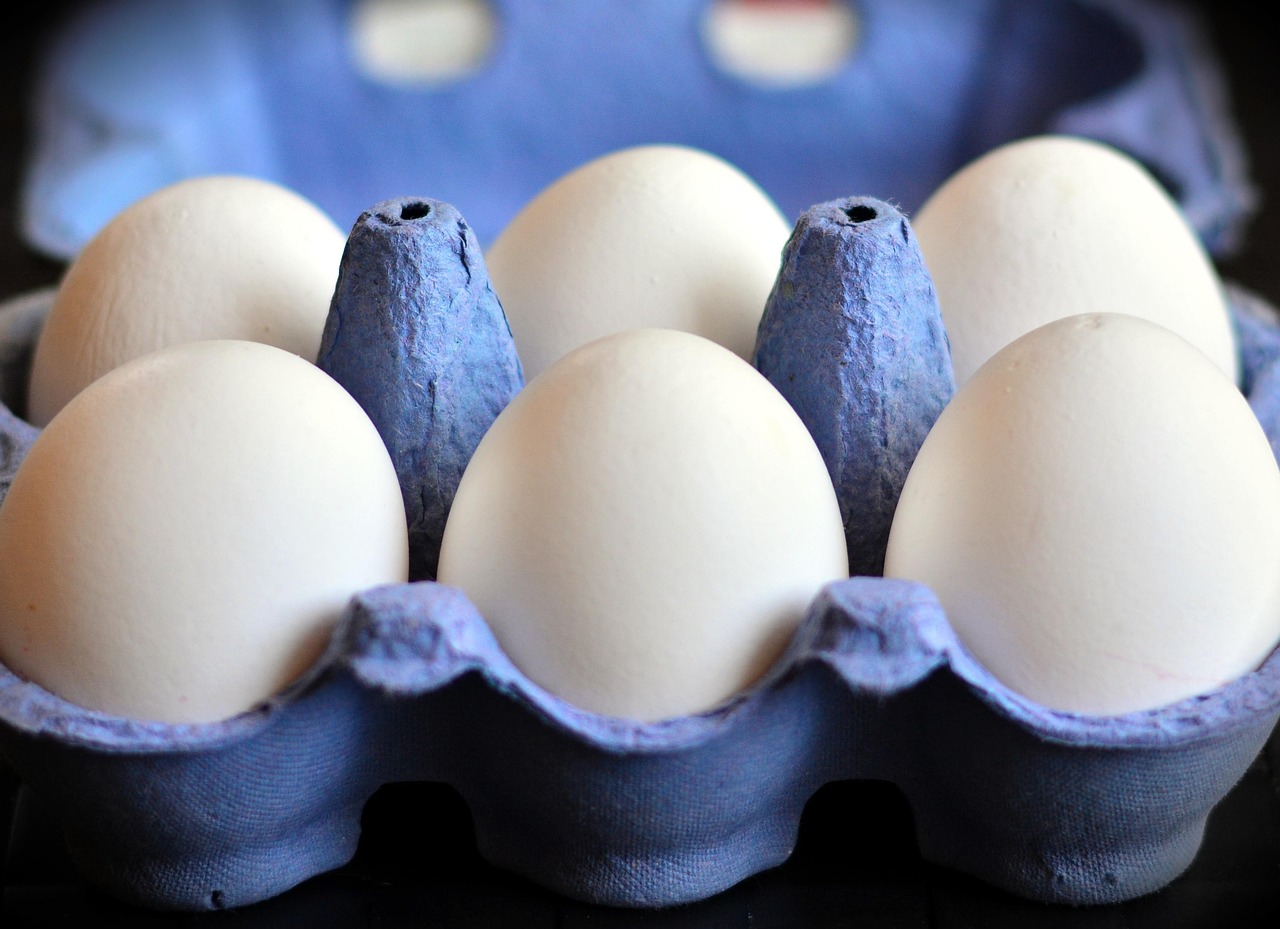
Students will learn the anatomy of eggs and the concept of forming colloidal dispersions called foams as they learn the anatomy of an egg, create a foam by whisking egg whites, investigate the effect of whisking time on foam, and compare and contrast the effect of different substances on the stability of foam.
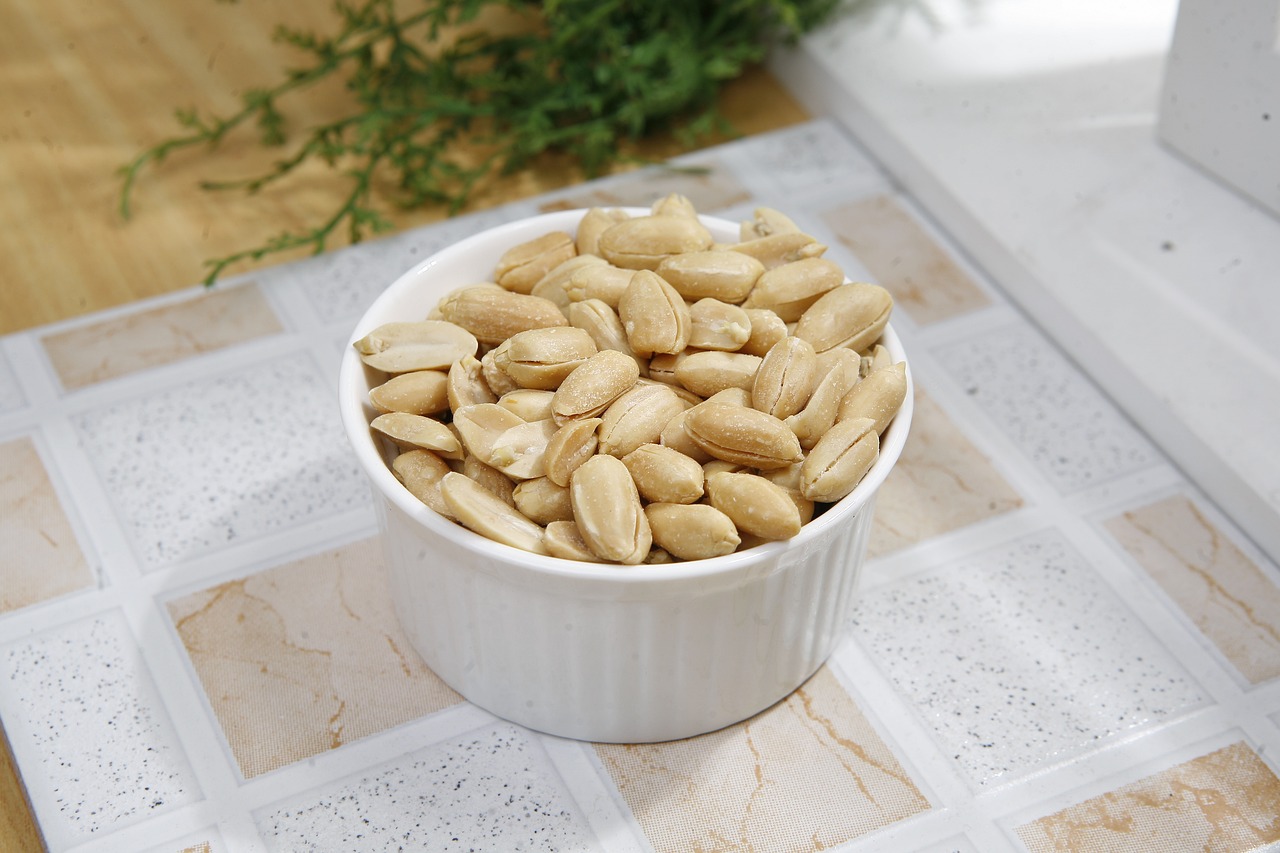
Students will identify the importance of a healthy diet, examine how to meet current Dietary Guidelines, and determine the potential energy (kilocalories) of a peanut through measurements obtained during teacher use of a bomb calorimeter. Students will make comparisons to the actual Nutrition Fact Label and identify possible sources of error.